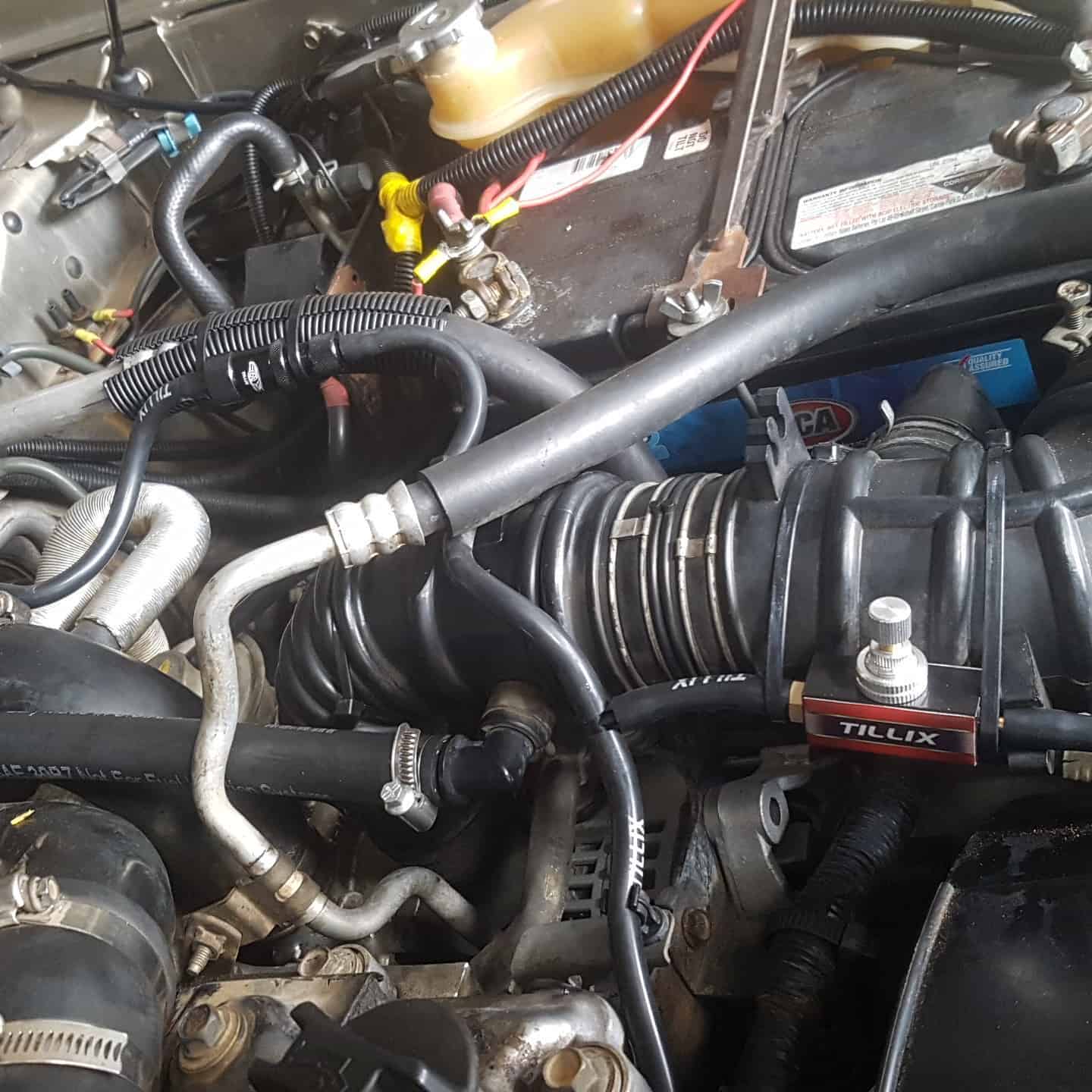Hi Pasechnik, Awesome thread! Just found this searching as i intend on doing a turbo on my 1hz in the near future. I've found your input very helpful when it comes to getting an idea of everything I'm going to need. I've sourced a CT6 turbo that I'm having rebuilt with a new upgraded exhaust housing and an adapter flange for stock exhaust manifold that ill be adding the pre-turbo EGT probe to. I have a boost compensator i got off another member and I'm currently in the process of sourcing all other parts necessary.
I have a couple questions for you.
Sooo with the AFR... I'm not a guru when it comes to anything mechanical, i can follow instructions and make things work, i have determination and mechanical aptitude, but this is beyond me. Later in your thread you say it's not THE most useful tool:
How detrimental to the system is having a AFR reading? The massive gauge cluster you built looks like you have something out of back to the future on your dashboard. Not to knock your setup it just seems a bit much and I'd like to minimize if possible.
I was thinking Pyrometer and Boost gauge in a sleek housing on the pillar...
View attachment 3107628
Is it realistic to think i can dial in the rig without AFR? My thought process suggests once its all dialed in, timing, fuel, boost psi - running and driving... Operator should be able to drive normally keeping an eye on egt's and boost no?
How has your setup been running the past two years?
How much PSI boost are you running?
Are you happy with your turbo choice?
What would you do different?
TIA Cheers

www.tillix.com.au
